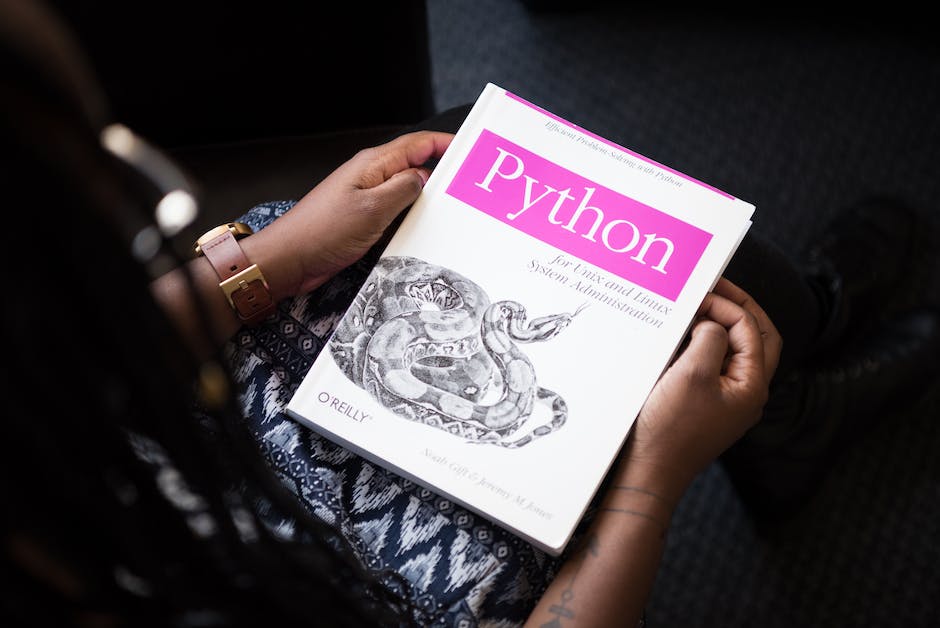In the technology-driven world we live in, programming is an essential skill. One of the most popular programming languages today is Python, known for its simplicity and versatility. Python is used in various fields, from web development to data analysis, and even machine learning. One common task in programming, particularly in Python, is comparing substrings. This task may seem simple, but understanding the techniques behind it can greatly enhance your coding skills and efficiency.
This blog post is designed to help you explore and understand the different methods of comparing substrings in Python. With practical examples and clear explanations, we aim to make this concept easy to grasp, even for beginners. So, whether you’re a seasoned programmer or just starting out, this post will be a valuable resource for you.
Before we dive into the methods of comparing substrings, it’s crucial to understand what substrings are and how Python handles them. In addition, we will also cover the basics of string comparison in Python, setting a strong foundation for the main topic of our discussion.

Understanding Substrings in Python
Python, like many other programming languages, uses strings to store text-based data. A string is essentially a sequence of characters and can be as simple as a single character or as complex as a whole paragraph. A substring, on the other hand, is a part of a string. It could be a single character, a word, or even a sentence within a larger string.
Why is understanding substrings important, you ask? Well, substrings are incredibly useful in many programming tasks. For instance, you might need to extract certain parts of a string for data analysis, or you might want to search for a particular word or phrase within a text. In these situations, being able to handle and manipulate substrings is crucial.
Python provides various techniques to handle and manipulate strings, and substrings are no exception. In Python, you can extract, modify, and compare substrings, making it a versatile programming language for string manipulation.
The Basics of String Comparison in Python
Before we delve into the nitty-gritty of comparing substrings, let’s first understand the basics of string comparison in Python. Understanding string comparison will not only help you compare substrings but also enhance your overall proficiency in Python programming.
In Python, you can compare strings using comparison operators such as ‘==’, ‘!=’, ‘<', '>‘, ‘<=', and '>=’. These operators compare two strings lexicographically, i.e., based on their ASCII value. The comparison starts from the first character of each string. If they are equal, the next pair of characters is compared, and so on. The comparison ends as soon as an unequal pair is found.
For instance, the string ‘apple’ is less than ‘banana’ because the ASCII value of ‘a’ (the first character in both strings) is less than ‘b’. However, ‘apple’ is greater than ‘Apple’ because lowercase letters have higher ASCII values than uppercase letters.
Now that we have a basic understanding of strings, substrings, and string comparison in Python, we are ready to dive into the core topic of our discussion – comparing substrings in Python. Let’s get started!
Techniques to Extract Substrings in Python
Python offers several methods to extract substrings. Understanding these methods is crucial as it directly impacts how you compare substrings. This knowledge will allow you to manipulate strings effectively, enabling you to solve complex programming problems with ease.
Using Slicing to Extract Substrings
The slicing technique allows you to extract any part of a string by specifying the start and end indexes. In Python, strings are arrays of bytes representing unicode characters, meaning we can treat them like lists. Hence, slicing is a handy tool when dealing with strings.
Here’s how it works:
# Python slicing syntax string[start: end: step]
Where start is the index where the slice starts, end is where it ends, and step determines the step size or how many indices to skip. The end index is not included in the output. If these parameters are not provided, Python uses default values: start = 0, end = end of the string, and step = 1.
Let’s see an example:
# Define a string str = "Hello, World!" # Extract a substring substr = str[0:5] # Output: Hello print(substr)
Using the split() Method to Extract Substrings
The split() method breaks a string into a list of substrings based on a specified delimiter. If no delimiter is defined, it uses space as the default delimiter. This method is useful when you want to break a sentence into words or a CSV string into elements.
Here’s how you can use it:
# Define a string
str = "Hello, World!"
# Split the string
substr_list = str.split(',')
# Output: ['Hello', ' World!']
print(substr_list)
In this example, we split the string at the comma, resulting in a list of two substrings.
Methods for Substring Comparison in Python
Once you’ve extracted substrings, the next step is to compare them. Python provides several methods for this task. Whether you’re checking for equality, searching for a substring within a larger string, or sorting strings for data analysis, understanding these methods will be invaluable. Stay tuned as we explore these methods in the next section.
Using the ‘in’ Operator for Substring Comparison
One of the simplest ways to compare substrings in Python is using the ‘in’ operator. This operator checks if a substring exists within a string, returning a boolean value. It’s a straightforward and efficient method for substring comparison. This operator can be particularly useful when you’re only interested in knowing whether a particular substring occurs within a string, rather than where it occurs.
For example, consider the string ‘Python Programming’. If you want to check if the substring ‘Pro’ exists within this string, you would use the ‘in’ operator as follows:
string = 'Python Programming' substring = 'Pro' print(substring in string)
This will return True, indicating that the substring ‘Pro’ does exist within the string ‘Python Programming’.

Using the str.find() Method for Substring Comparison
Another method for comparing substrings in Python is the str.find() method. This method returns the index of the first occurrence of a substring within a string. If the substring is not found, str.find() returns -1. This method can be useful when you need to know the position of a substring within a string, rather than just its presence.
For example, consider the string ‘Python Programming’. If you want to find the position of the substring ‘Pro’ within this string, you would use the str.find() method as follows:
string = 'Python Programming' substring = 'Pro' print(string.find(substring))
This will return 7, indicating that the substring ‘Pro’ begins at the 7th index of the string ‘Python Programming’.
Remember, Python uses zero-based indexing, meaning that the first character of a string is at index 0. Therefore, the 7th index is actually the 8th character of the string.
Also, note that str.find() only returns the index of the first occurrence of the substring. If the substring occurs more than once in the string, str.find() will not provide information about subsequent occurrences.
Practical Examples: Comparing Substrings in Python
To solidify your understanding, let’s look at some practical examples of comparing substrings in Python. These examples use the techniques discussed in the previous sections.
- Example 1: Using the ‘in’ operator
string = "Hello, World!"
substring = "World"
print(substring in string) # Output: True
string = "Hello, World!"
substring = "World"
print(string.find(substring)) # Output: 7
Common Mistakes and Troubleshooting Tips
While comparing substrings in Python is relatively straightforward, there are a few common mistakes that programmers often make. This section will highlight these issues and provide troubleshooting tips.
| Common Mistake | Troubleshooting Tips |
|---|---|
| Forgetting that Python is case-sensitive | Remember that Python differentiates between upper and lower case. So, “Hello” and “hello” are considered different substrings. |
| Confusing the ‘==’ operator with the ‘in’ operator | The ‘==’ operator checks if two strings are identical, while the ‘in’ operator checks if a substring exists within a string. |
| Using incorrect indexes with the slicing technique | Ensure that your start and end indexes are correct when extracting substrings. Python uses zero-based indexing. |
Conclusion
Understanding how to compare substrings in Python is a crucial skill for any Python developer. With the knowledge and techniques discussed in this blog post, you should now be able to confidently compare substrings in your Python projects. Practice these techniques and avoid the common mistakes to become proficient in substring comparison.
